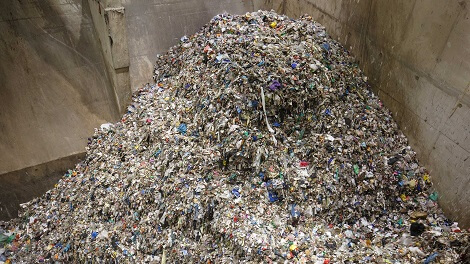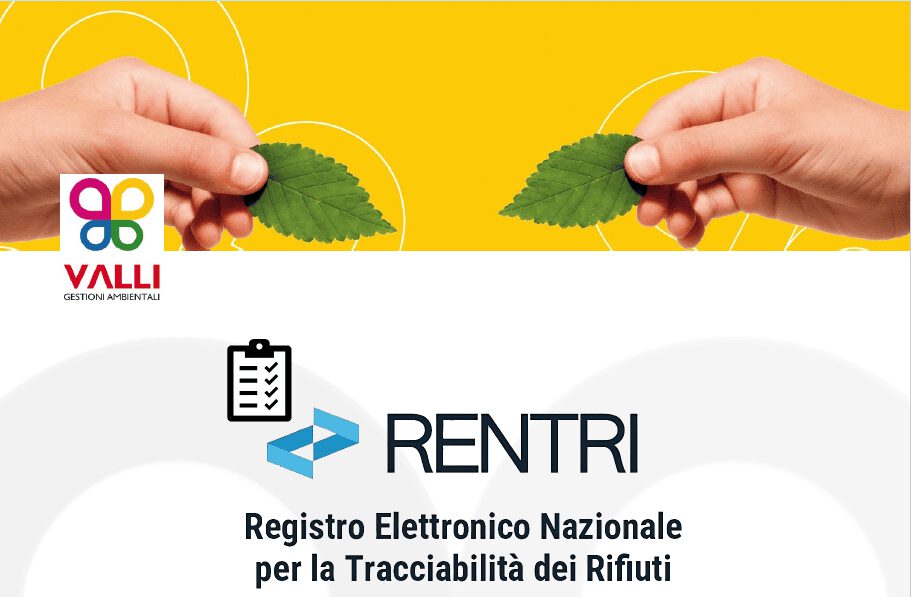SRF Waste: Innovation in Energy Treatment and Recovery
SSF stands for Secondary Solid Fuel, i.e. solid fuel produced from waste that complies with the classification and speciation characteristics identified by the UNI CEN/TS 15359 technical standards and subsequent amendments and additions.
Since February 2013, SSF is no longer waste. This was sanctioned by the Ministry of the Environment and the protection of the territory and the sea. What does this decision entail and what scenarios does it open up? To get an idea, here are the main provisions of Ministerial Decree no. 22 of February 2013.
Explanation of the concept of “End of Waste” for SSF and regulatory specifications
Before we get into the nitty-gritty, let’s explain the concept of “End of Waste” for SSF is crucial in the context of circular economy policies. This concept indicates the point at which a material or product ceases to be considered waste, acquiring the status of a product or by-product, after having undergone an appropriate treatment process.
For SSF, the achievement of the status of “End of Waste” is regulated by specific criteria established at national and European level, which include the quality of the material produced, the absence of hazardous substances beyond certain limits and the safe use of the final product. Regulations, such as the aforementioned Ministerial Decree no. 22/2013 and the European directives relating to waste, aim to promote material recovery and energy recovery, establishing a clear regulatory framework for the transition of waste to resources. This approach not only helps reduce the use of landfills but also encourages innovation in recycling and recovery processes.
How is CSS produced?
SSF or Secondary Solid Fuel is a fuel that is obtained from the dry matter of non-hazardous waste (both special and urban). To produce SSF, dry materials such as paper and plastic are separated from non-combustible materials such as glass and metals through specific processes.
Applications of SSF in Energy Recovery
SSF is used in various industrial sectors, including cement plants, incinerators and thermoelectric power plants. These applications not only demonstrate the energy value of SSF but also highlight the environmental benefits deriving from its use. The use of SSF as a fuel, like e-waste disposal practices, contributes to the reduction of CO2 emissions.
Advantages Co-firing with coal powder and SSF
Coal powder co-firing with SRF is a process in which SSF is used together with pulverized coal as fuel in power generation plants, such as thermal power plants. This technique offers significant benefits in terms of energy efficiency and reduced environmental impact. Co-firing makes it possible to replace part of the coal, a high-carbon fossil fuel, with SSF, thus reducing total emissions of CO2 and other air pollutants. In addition, the use of SSF in this mode supports the recovery of energy from waste, contributing to the goal of reducing waste destined for landfills.
Difference between RDF and CSS in terms of regulations and production?
What is the difference between CDR and CSS? The acronym RDF means Fuel Derived from Waste while with SRF Secondary Solid Fuel, currently thanks to Legislative Decree 205/2010 RDF fuels have now all become SRF without substantial distinctions on the quality of the recycled material. Let’s try to explain the 2 types of fuel in more detail:
The differentiation between SRF and RDF lies mainly in the production criteria and the specific regulations that govern their use. While SRF is specifically produced for use as a fuel in industrial plants with specific energy needs, RDF can have a wider range of applications, including electricity and heat generation. Normatively, SSF follows more stringent criteria in terms of waste selection, treatment and quality of the finished product, aiming to minimize the environmental impact and emissions of hazardous substances, such as chlorine and mercury. RDF, on the other hand, may be subject to different regulations governing its quality and use. This distinction ensures that SSF is positioned as a sustainable energy solution for specific industrial sectors, contributing to circular economy objectives.
Materials from which SSF Fuel can be obtained
For the production of Secondary Solid Fuels, the following are allowed:
- Non-hazardous municipal waste
- special non-hazardous waste
- materials not classified as waste, as long as they are non-hazardous under the Classification, Labelling and Packaging Regulation (CLP – EC 1272/2008).
Annex 2 of the decree contains the list of excluded waste.
Waste production plants: requirements
Plants authorised to treat waste according to the ordinary procedure referred to in Part Four of Legislative Decree no. 152/2006 or pursuant to Part Two, Title III-bis (IEA) and with environmental quality certification according to the UNI EN 15358 standard or EMAS registration.
Valli Gestioni Ambientali has the necessary requirements for the production of secondary solid fuel.
Plants for the use of SSF
SSF can only be used as fuels in plants such as
- Cement plants with a production capacity of more than 500 tons per day of clinker (falling within the scope of the IPPC Integrated Pollution Prevention and Control discipline) for the production of thermal energy
- Thermoelectric power plants with a thermal combustion capacity of more than 50 megawatts (falling within the scope of the IPPC regulations) for the production of electricity
In order to operate, the aforementioned plants must be in possession of the Integrated Environmental Authorization (IEA) and be equipped with ISO 14001 environmental quality certification or EMAS registration.
Cement factories and thermoelectric power plants with the requirements of the legislation can contact Valli Gestioni Ambientali for the supply of SSF produced in the authorized plants owned by the company.
Why the use of SSF in existing industrial plants such as cement factories, steel mills and thermoelectric power plants
Steel mills, by using SSF, can reduce dependence on natural resources and decrease the ecological footprint of steel production. Similarly, thermoelectric power plants that adopt SSF as an energy source contribute to energy diversification and to the increase in the use of waste-derived fuels. This not only optimizes energy recovery but also supports the circular economy’s goal of turning waste into resources.
Challenges and Future Prospects
Despite the significant benefits, the adoption of SSF presents challenges, including the need to overcome prejudices related to the combustion of waste and compliance with environmental regulations. However, continuous innovation and commitment to the circular economy portend a promising future for SSF in the field of energy recovery.
In conclusion, SSF emerges as an innovative and sustainable solution in the panorama of waste treatment and energy recovery. Through a holistic approach that encompasses production, enforcement and regulation, SSF is proposed as a pillar of the circular economy, with the potential to significantly transform our approach to waste management and energy production.
Remember that Valli Ambiente is at your disposal for any further information or information, do not hesitate to contact us.




